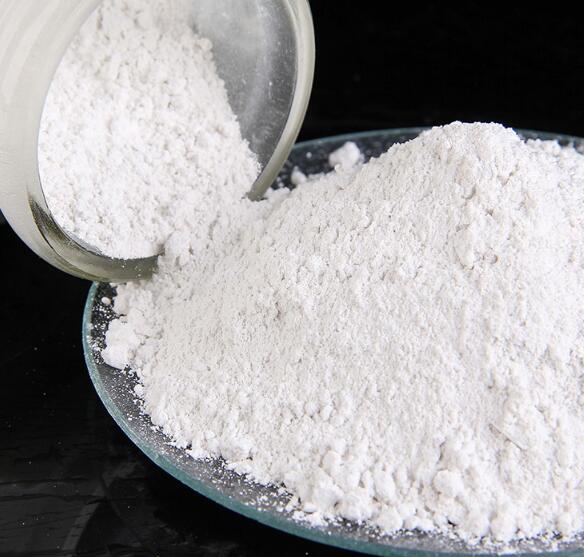Deep bleaching of wheat straw pulp: synergistic effect of magnesium hydroxide and sodium hydroxide

In the paper industry, the pursuit of high whiteness and excellent quality of paper is an eternal theme. As a common papermaking raw material, the bleaching process of wheat straw pulp is particularly critical. This article will discuss the joint application of magnesium hydroxide (Mg(OH)₂) and sodium hydroxide (NaOH) in deep bleaching of wheat straw pulp (DP bleaching), and how they can jointly improve the whiteness and fiber quality of pulp.
Bleaching principles and applications
Sodium hydroxide (NaOH), as a strong base, plays an indispensable role in the bleaching process. It can efficiently dissolve lignin and promote the separation between fibers, thereby significantly improving the whiteness of the pulp. However, the sole use of NaOH may cause damage to the fiber structure and affect the quality of the final paper.
Magnesium hydroxide (Mg(OH)₂), as a weak alkaline buffer, can adjust the pH value during the bleaching process and reduce the erosion of fibers in a strong alkaline environment. In addition, Mg(OH)₂ can also react with lignin and other impurities to assist NaOH in completing the bleaching task and improve bleaching efficiency.
Experimental methods and procedures
Slurry preparation: Select high-quality wheat straw slurry, adjust to appropriate concentration, and perform necessary pretreatment.
Preparation of bleaching reagent: According to the experimental design, accurately mix NaOH and Mg(OH)₂ to prepare an efficient bleaching solution.
Bleaching process: Under controlled temperature, time and stirring conditions, the slurry is mixed with the bleaching liquid for deep bleaching.
Performance test: After bleaching, the bleaching effect and fiber damage are comprehensively evaluated through methods such as whiteness measurement, fiber strength assessment, and scanning electron microscope (SEM) observation.
results and benefits
Experimental results confirm that by rationally adding Mg(OH)₂, the whiteness of pulp can be effectively improved without increasing the amount of NaOH. At the same time, the buffering effect of Mg(OH)₂ helps protect fibers, reduce structural damage, and maintain fiber integrity and strength. Economic analysis shows that due to the relatively low cost of Mg(OH)₂, its use helps to reduce production costs while ensuring the bleaching effect.
Things to note
In actual operation, the ratio of Mg(OH)₂ and NaOH, as well as key parameters such as temperature and time during the bleaching process must be strictly controlled to ensure the best bleaching effect. In addition, since the information provided in this article is based on theoretical analysis, the latest scientific research literature and technical reports should be consulted when implementing it.
The combined use of magnesium hydroxide and sodium hydroxide shows significant synergistic effects in the deep bleaching of wheat straw pulp. This combination can not only improve the whiteness of the pulp, but also reduce fiber damage, which is of great significance for improving paper quality and reducing costs. With the continuous advancement of papermaking technology, this environmentally friendly and economical bleaching method is expected to be more widely used in the future.








